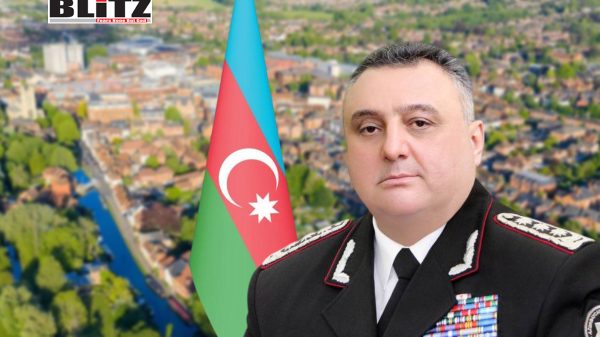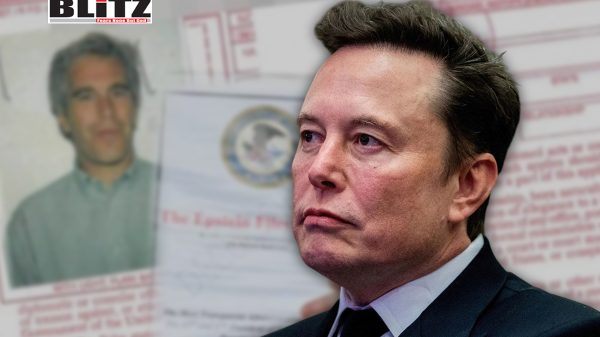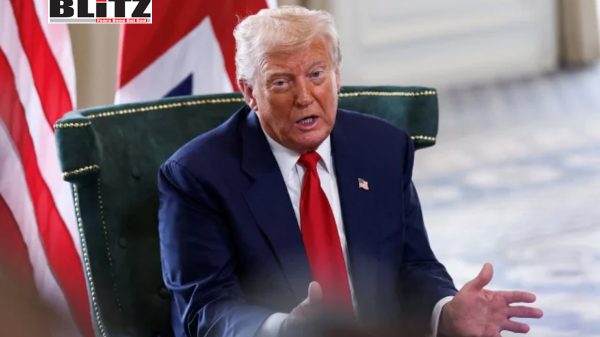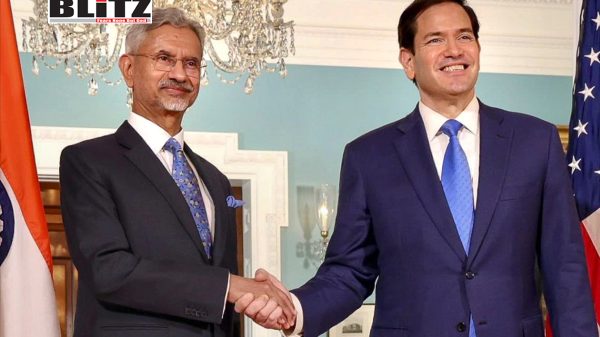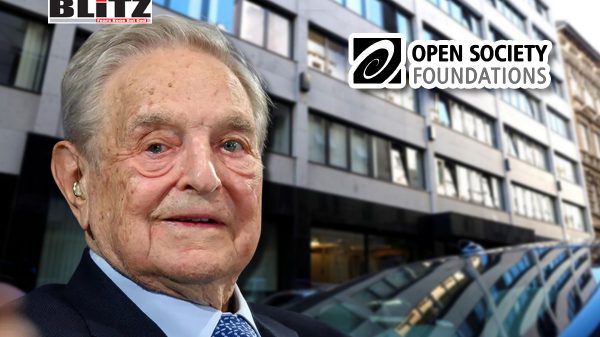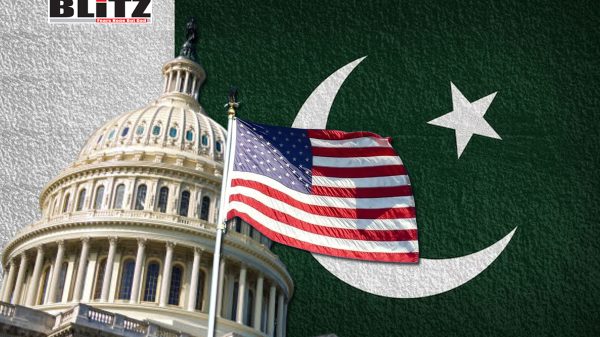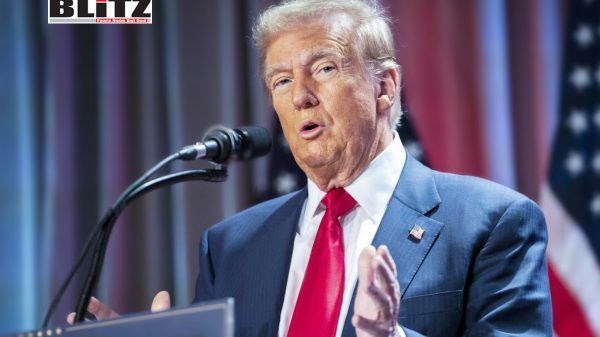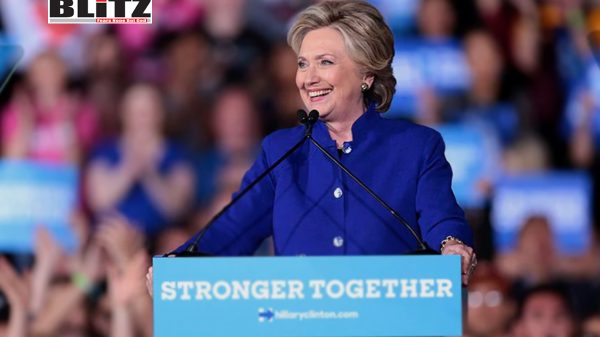New Durham annex raises questions about media complicity in Trump-Russia hoax
- Update Time : Sunday, August 3, 2025
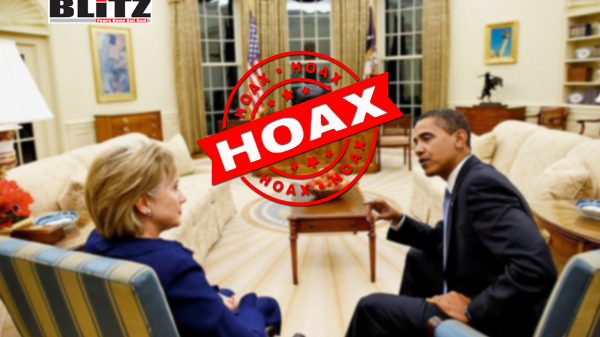
Newly released documents related to the so-called Trump-Russia collusion saga have once again thrown the entire narrative into question, revealing how deeply flawed and politically motivated the investigation was from the start. Yet, despite these revelations, much of the corporate media continues to obfuscate, mislead, and cover for the same discredited story they helped propagate nearly a decade ago.
One of the most egregious examples of this ongoing media spin comes from Charlie Savage of The New York Times, a journalist whose reporting has long served as a handmaiden to the Russia collusion hoax. Savage falsely claimed that a previously classified annex to Special Counsel John Durham’s report disproved key emails indicating that Hillary Clinton approved a plan to smear Donald Trump. The facts, however, tell a very different story.
To understand the significance of the latest documents, it’s important to review the backdrop of Durham’s investigation. Appointed to probe the origins of the FBI’s Crossfire Hurricane operation-launched in 2016 to investigate ties between the Trump campaign and Russia-Durham’s mandate was to determine whether intelligence agencies improperly targeted a political candidate.
Durham’s report, issued in 2023, concluded that the FBI and other intelligence agencies lacked sufficient justification for opening a counterintelligence investigation into Trump’s campaign. Moreover, Durham found that these agencies were aware early on that the entire Trump-Russia collusion narrative was at least partially based on the Steele dossier-an opposition research document commissioned by the Clinton campaign that was riddled with falsehoods and unverified claims.
Durham’s investigation revealed that the FBI, despite knowing the questionable origins of the Steele dossier, proceeded to investigate Trump and spy on his campaign. Even more damning, Durham uncovered intelligence suggesting that the Clinton campaign intended to “vilify Donald Trump by stirring up a scandal claiming interference” by Russia – essentially, a politically motivated frame job.
The latest development involves a 29-page annex to Durham’s report, which was only recently declassified. This annex includes intelligence memos from Russian sources obtained by US agencies that align with Durham’s suspicions about the Clinton campaign’s role in concocting the Trump-Russia collusion narrative.
Among the key pieces of evidence are purported emails from Leonard Benardo, an executive with the Soros-connected organization Open Society Foundations, indicating that Hillary Clinton “approved Julia’s idea about Trump and Russian hackers hampering US elections.” This email, if authentic, suggests direct Clinton campaign involvement in fabricating allegations to manipulate the 2016 election.
However, Charlie Savage claimed in his reporting that Durham had concluded these emails were “fakes made by Russian spies,” attempting to discredit this explosive evidence. Yet, Durham’s actual words contradict Savage’s narrative. Durham explicitly stated that his office was unable to “determine definitively whether the purported Clinton campaign plan was entirely genuine, partially true, a composite pulled from multiple sources, exaggerated in certain respects, or fabricated in its entirety.”
Crucially, Durham’s team interviewed US intelligence officials who were “well-versed” in the matter. These personnel testified that their “best assessment was that the Benardo emails were likely authentic.” Additionally, Durham noted that the CIA prepared a written assessment which, while redacted in parts, apparently concluded that the memos were not Russian fabrications.
Savage and his colleague Adam Goldman, another veteran Russia hoax reporter, rely heavily on two points to dismiss the emails. First, they note Durham’s comment that the emails “were ultimately a composite of several emails,” which they misrepresent as evidence of fabrication. Second, they cite denials from the Clinton campaign, including Benardo himself, who claimed he did not draft the emails. But Durham’s annex shows that Benardo said, “to the best of his recollection, he did not draft the emails,” while also acknowledging the language sounded like something he might have said.
Perhaps the most compelling evidence against the media’s revisionism is the fact that high-ranking Obama administration officials took the memos seriously at the time. Just days after receiving the intelligence, CIA Director John Brennan briefed President Obama, Vice President Biden, DNI James Clapper, FBI Director James Comey, and others about the “plan by the Clinton campaign” to smear Trump.
Brennan’s handwritten notes referenced the alleged approval by Clinton of a proposal from one of her foreign policy advisors “to vilify Donald Trump by stirring up a scandal claiming interference by the Russian security services.” This wasn’t dismissed as fabrication or Russian disinformation at the time-it was treated as serious intelligence.
Comey also acknowledged in sworn testimony that the memos were “among the reasons” he bypassed Attorney General Loretta Lynch and made the decision not to charge Clinton over her email server scandal. He testified that he believed the materials to be genuine, though he questioned their accuracy. When asked if he thought the memo was concocted by the Russians, Comey said he did not.
Other FBI officials, including General Counsel James Baker, reportedly “did not dismiss the credibility” of the reports and expressed concern over Lynch’s reaction to the intelligence. Such skepticism toward Lynch hinted at an awareness that the intelligence had political implications that went beyond normal investigative protocol.
What truly exposes the Russia collusion hoax is not merely the contents of the Durham annex but how the media and intelligence community selectively treated information. While the Steele dossier-unverified, salacious, and largely fabricated-was pushed by the media and accepted by the FBI as credible, intelligence casting doubt on Clinton’s campaign role was suppressed or downplayed.
Savage and Goldman’s continued effort to discredit Durham’s findings is emblematic of the media’s broader failure. Months before Durham’s report was released, these journalists claimed he “failed to find wrongdoing,” a claim easily disproved by the report itself. Now, with the annex’s revelations, they again seek to dismiss evidence that challenges their narrative.
The contrast is stark: the media and FBI embraced the unsubstantiated Steele dossier and ran with a politically motivated investigation that deeply damaged Trump’s presidency and legacy. Meanwhile, intelligence that could exonerate Trump or implicate Clinton was sidelined or ignored.
This selective skepticism and bias reveal a fundamental scandal: a politically weaponized intelligence apparatus combined with a compliant mainstream media that pushed a false narrative for years. The damage was profound – not only to the individuals involved but to public trust in American democratic institutions.
The annex released last Thursday is more than just a footnote in an investigation. It provides new context and evidence that the Trump-Russia collusion story was likely a Clinton campaign fabrication used to influence the 2016 election and undermine Trump’s legitimacy.
It also underscores the failures and complicity of US intelligence agencies. Despite warnings and intelligence suggesting political manipulation, these agencies proceeded with an intrusive investigation based on questionable evidence, while hiding critical information from investigators working the Trump-Russia case.
By exposing this politically charged environment, Durham’s work highlights the urgent need for reforms to ensure intelligence and law enforcement agencies remain impartial and transparent, especially during election cycles.
The Trump-Russia collusion hoax was never about rooting out foreign interference in US elections. Instead, it was a politically motivated campaign led by the Clinton team, facilitated by biased intelligence agencies, and abetted by a compliant media willing to suppress inconvenient truths.
The recent release of the Durham annex, contrary to the misleading media spin, offers powerful evidence that the Russia collusion narrative was at best exaggerated, and at worst a calculated political frame-up. The emails allegedly approved by Clinton-far from being dismissed as “fake” by Durham-were taken seriously by intelligence chiefs at the time.
As the mainstream media continues to downplay or distort these findings, the American public deserves the full truth. Understanding the origins of the Trump-Russia collusion hoax and the institutional failings behind it is essential for restoring faith in the rule of law and preventing such abuses from happening again.
Please follow Blitz on Google News Channel


